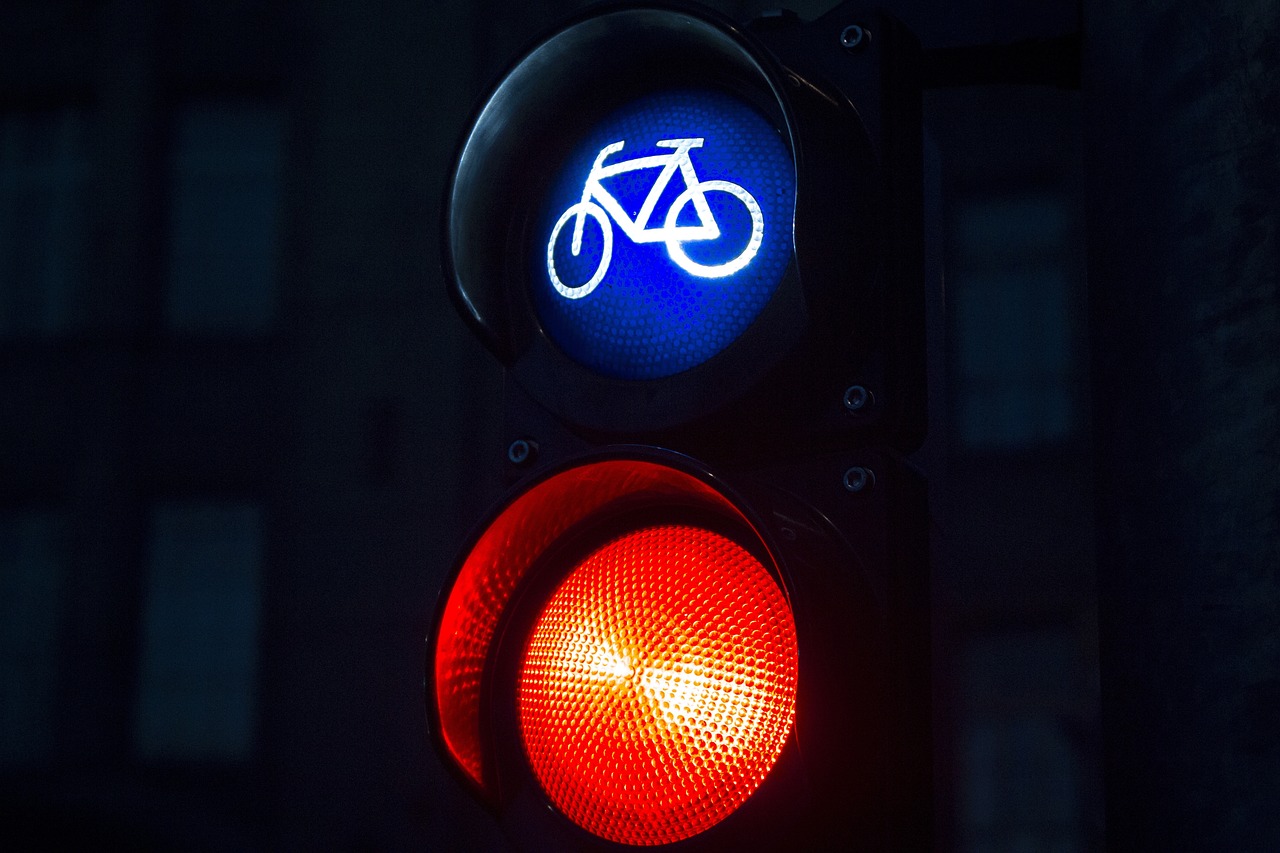Awareness
Awareness efforts help motorists and cyclists understand their rights and responsibilities on the road. Signs, educational materials, and public campaigns reinforce safe interactions, clarify traffic laws, and promote respect between all road users.
Road Signs
Many jurisdictions install Share the Road signs as supplements to the standard Bicycle Crossing symbol in the Manual on Uniform Traffic Control Devices. The Bicycle Technical Committee of the U.S. National Committee on Uniform Traffic Control Devices recommends using Bicycles May Use Full Lane signs. This message is clearer than ‘Share the Road’ and appears on a rectangular, white regulatory sign instead of a yellow warning sign. However, one problem with Bicycles May Use Full Lane is that it may imply limited rights where the sign is absent. In any case, either type of sign is most effective on roads too narrow to share safely, particularly on uphill grades.
Share the Road Bumper Stickers
Official vehicles sometimes display Share the Road bumper stickers to raise awareness. These are used in various communities.
Share the Road License Plates
Several states offer specialty license plates featuring a “Share the Road” message and an image of a bicyclist. Motorists pay an additional fee for these plates, with proceeds supporting cycling-related programs.
Public Service Announcements
Some states distribute radio and television announcements encouraging safe driving around bicycles. Transportation departments and advocacy organizations often produce and share these materials.
Brochures Explaining the Law
Short brochures summarizing cycling laws help drivers and cyclists understand road rules. These may be distributed in public spaces or mailed with driver’s license renewals. Cyclists may also carry them for reference during disputes. Examples include brochures adapted in several North American cities.
Driver Manuals and Examinations
Driver manuals should incorporate material on bicycling, emphasizing that most traffic rules apply equally to all vehicles. The United Kingdom’s Highway Code is a well-regarded example with clear graphics. Driver instruction and examinations should also include cycling topics.
Increasing Use
The best way to increase cycling is to create a climate where bicyclists are recognized as legitimate road users. Public awareness must reflect that cycling offers benefits greater than its risks for those who follow traffic rules.
Changing Perceptions
Shifting attitudes requires awareness campaigns, fair laws, consistent enforcement, and road design that accommodates cycling. Structured training also helps reduce fear and build confidence among new cyclists.
Why People Cycle
Motivations vary. Many people cycle for enjoyment, while others do so because alternatives are less convenient. In dense cities, traffic and scarce parking make cycling faster than driving. In addition, saving money on parking encourages cycling where fees exist.
Workplace and Policy Factors
Employment policies often reinforce driving. For example, U.S. tax law incentivizes employers to offer free parking, while cycling benefits remain rare. Equalizing such incentives would likely increase cycling to work.
Cycling Facilities and Their Impact
Bike lanes alone have not significantly increased cycling levels in North America. Many areas with numerous bike lanes already had strong cycling cultures, often near universities without free student parking. Painted lane markings offer limited reassurance to hesitant riders.
Bike paths, on the other hand, often attract new cyclists. However, they can reinforce the perception that ordinary roads are unsafe. Many users also drive to access paths, limiting their utility. In addition, lower travel speeds make paths less useful for fitness riding or commuting.
Cycling as an Activity
Cycling remains inherently enjoyable once basic competence is achieved. No one should feel compelled to ride, yet no one should be discouraged by fear, prejudice, or discrimination.
